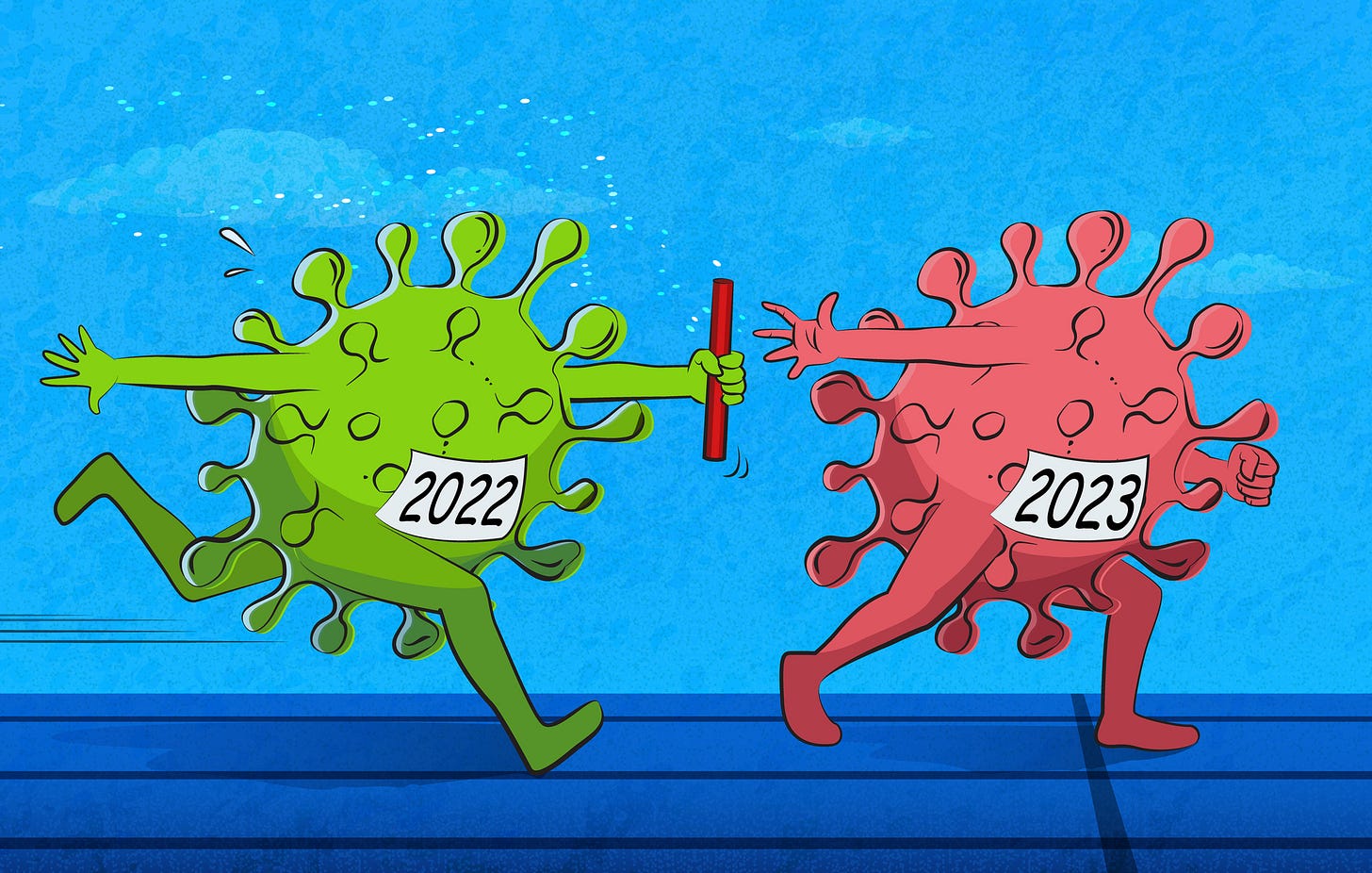Tribal Covid $ spending flexibility, behavioral health & infrastructure provisions included in new budget law
IHS advance appropriations received the spotlight last week, but there's more for tribes in the Consolidated Appropriations Act.
WASHINGTON — Signed, sealed, soon to be delivered.
There’s much more included for Indian Country in the $1.7 trillion federal budget omnibus than the widely-celebrated $5 billion in advance appropriations for the Indian Health Service.
Signed into law by President Joe Biden today, the Consolidated Appropriations Act of 2023 also contains pr…
Keep reading with a 7-day free trial
Subscribe to Indigenous Wire to keep reading this post and get 7 days of free access to the full post archives.


